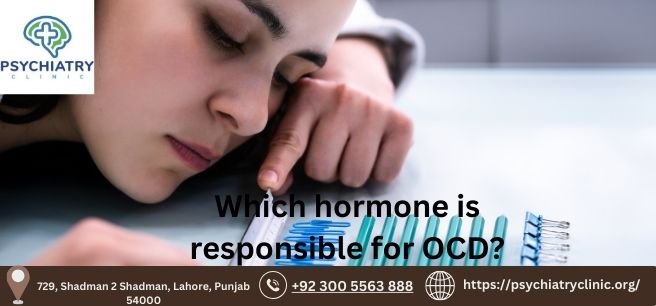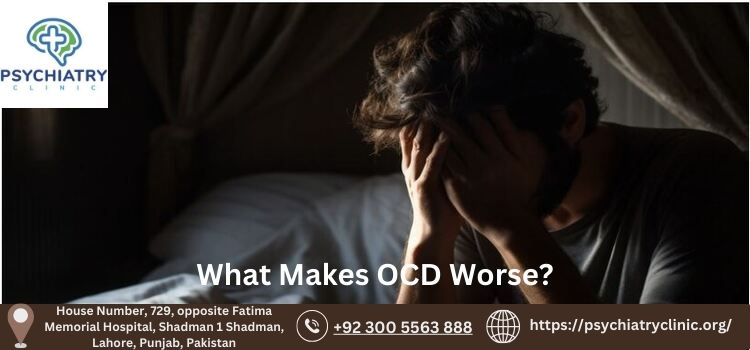How to Do Cognitive Behavioral Therapy (CBT)?
Posted on Tagged Anxiety Disorder, CBT, Cognitive Behavioral Therapy, depression, psychologist, Psychotherapy
Introduction
Cognitive Behavioral Therapy (CBT), is one of the most widely used forms of treatment for anxiety and depression. It’s been shown to be effective in helping people reduce their symptoms, as well as preventing relapse once they’ve learned how to effectively manage their condition. These easy steps will help you take your first steps in CBT:
Learn about Cognitive Behavioral Therapy (CBT)
Cognitive Behavioral Therapy (CBT) is a type of therapy that helps people change their negative thoughts and behaviors. It can be used to treat anxiety, depression and other stressors. There are several different types of cognitive behavioral therapy (CBT) depending on how it’s delivered:- In person—CBT sessions take place in person with a therapist or counselor who guides you through the process. The goal is to help you develop new coping skills that will help manage your feelings or behaviors more effectively. This type of therapy may also focus on one particular issue such as weight loss or anger management; however, it usually lasts longer than other forms because it requires long-term commitment from both parties involved in treatment (the patient and his/her therapist).
Identify your negative thoughts.
To be successful, you need to identify your negative thoughts. This is the most important part of CBT because it helps you understand what’s going on in your head and how to change it. Start by identifying the situation: What do you think happened? Where did this happen? How long ago was it that something negative happened (e.g., if a person insulted me)? Next, identify the negative thought: What kind of thoughts are these? Are they positive or negative ones (e.g., I am stupid)? Do they feel true about yourself or not at all (e.g., “I don’t deserve praise from my boss for doing such a good job!”) Are they based on facts or just assumptions made without any evidence (e..g.. “Everyone else thinks I’m crazy so why should anyone care about me?)Challenge your negative thoughts.
You can challenge your negative thoughts with positive affirmations. Positive thinking is a great way to counteract the negative thoughts and feelings that may be associated with the disorder.- Affirmations are statements which you repeat to yourself, such as “I am calm and peaceful” or “I am confident in myself, even when I feel anxious”.
- You can also use visualizations as a form of self-hypnosis where you imagine yourself being successful, happy and successful again. This will help you feel more confident about your future life choices
Replace the negative thoughts with positive affirmations.
Replacing negative thoughts with positive affirmations is a great way to change your thinking and improve your mood. Positive affirmations are statements that have the power to transform your life for the better. They can be used to overcome negative thought patterns, increase self-esteem and confidence, as well as help you feel more motivated in generalRepeat, repeat, repeat!
You need to practice CBT exercises over and over. Repetition is key! The more you do them, the better you will get at it. You can do this anywhere, anytime—in your car or on a train trip, at home or in a park (if there are no other people around). The best thing about this method is that it doesn’t cost anything extra.Take these steps to get started with Cognitive Behavioral Therapy (CBT)
When you first begin CBT, it can be overwhelming. But don’t worry! All of these steps will help you get started on the right foot.- Learn about CBT: Did you know that there are many different types of cognitive behavioral therapy? There are also several different ways to implement CBT in your life and improve your mental health, so make sure to do some research before deciding on which method is best for you personally. This article has some great tips for finding a therapist who specializes in cognitive behavioral therapy (CBT).
- Identify your negative thoughts: Once you’ve learned more about how people with OCD think, it’s easy enough to recognize when a negative thought crosses your mind again—and when others around us think something similar (or worse) than us! Here’s an example: “I’m going crazy!” This means that someone else might actually say something along those lines but doesn’t have OCD themselves; however, if someone does have OCD then they might hear themselves saying this exact phrase over and over again until she herself believes what she says needs believing…or even worse still…does nothing at all about changing her behavior because there really isn’t anything preventing her from doing so.”
Think about the triggers or situations that cause you to experience emotional distress.
Next, consider what you tell yourself in these situations to make them worse. For example, you might say “I’m worthless,” which makes the situation even more distressing because it’s not true. Consider how your body reacts when experiencing distress. For example,- do you feel nervous?
- Do you feel like crying?
- Do your muscles tense up?
- Do they shake uncontrollably?
Consider what you tell yourself in these situations to make them worse.
Once you know what’s going on, it’s time to consider what you tell yourself in these situations. If you’re feeling angry with someone, for example, ask yourself: “What am I telling myself about this person?”- Do I think this person is stupid?
- Am I judging him/her based on their appearance or something else superficial like race or gender?
- Do I feel like I’m better than them because they don’t have my same status at work or school?
What does your body tell you when experiencing distress?
When you are anxious or stressed, your body will tell you how it feels by making certain symptoms evident. Some of these may include:- Sweating – This is an involuntary physical response to a feeling of fear or stress. The more intense the fear and/or stress, the greater chance that sweat will be released through pores in your skin.
- Increased heart rate – This is another way that your body can let you know that something stressful has happened (e.g., being fired). If this seems excessive for one particular event, then chances are good that it’s not being triggered by real life events but rather some kind of internal anxiety which needs addressed before anything else happens with regard to this issue!
How do you behave when in these situations?
The first step to changing your behavior is to figure out what you’re doing right now that makes you feel good. This can be done by asking yourself questions like: What am I doing? How do I feel about it? Why does this make me happy/sad/energized/etc.? Once you know the answers, ask yourself if there are other ways of behaving that would also make you feel good. If so, try those out too! You might find that one thing doesn’t work in particular situations but another might—so keep trying until eventually something works for both situations (or none at all!). Once we start learning how our brains work and become more aware of our impulses and tendencies, we start acting differently when faced with similar circumstances in the future—and this change leads over time into improved mental health overall.What effect does this have on your emotional state?
As you’re working through the exercises, it’s important to remember that CBT is about changing your behavior and not just your thoughts. When we think about our emotions and what they mean for us, we may find ourselves experiencing them more intensely than before. This could lead to increased feelings of anxiety or depression in some cases. It is therefore essential that you continue practicing CBT until all elements of the treatment program have been completed successfully. If this happens, then it may be worth reviewing again with a mental health professional if necessary so that any improvements made can be maintained over time – something which will allow you greater peace of mind as well as improved mental health outcomes overall!You can use CBT for anxiety, depression and other stressors using these five steps.
CBT is a type of psychotherapy that helps you identify negative thoughts and change them to positive ones. CBT has been shown to be more effective than medication for treating depression. This is because it can help people change their behavior without having to rely on pharmaceuticals or other medications. Conclusion We hope these steps will help you feel better and get a handle on your anxiety. Remember that it’s important to reach out for support when needed, and if you’re experiencing any symptoms of depression or another mental illness, call your doctor or therapist. It’s important to recognize what triggers can lead to those emotions in the first place. For example, certain environmental factors (such as loud noises), physical conditions (like heart disease), and even personal experiences with other people (such as losing someone close). You might also find yourself feeling overwhelmed by life events like work stressors or caring responsibilities at home; these feelings may be related some type of depression so talk to an expert about how best cope with them!Social Media
Related

ڈپریشن کیا ہے؟ اس کی علامات، وجوہات اور علاج
19/11/2023

Your Guide to Insomnia Treatment
09/10/2022


What Makes OCD Worse? Comprehensive Guide
07/01/2024
Get The Latest Updates

